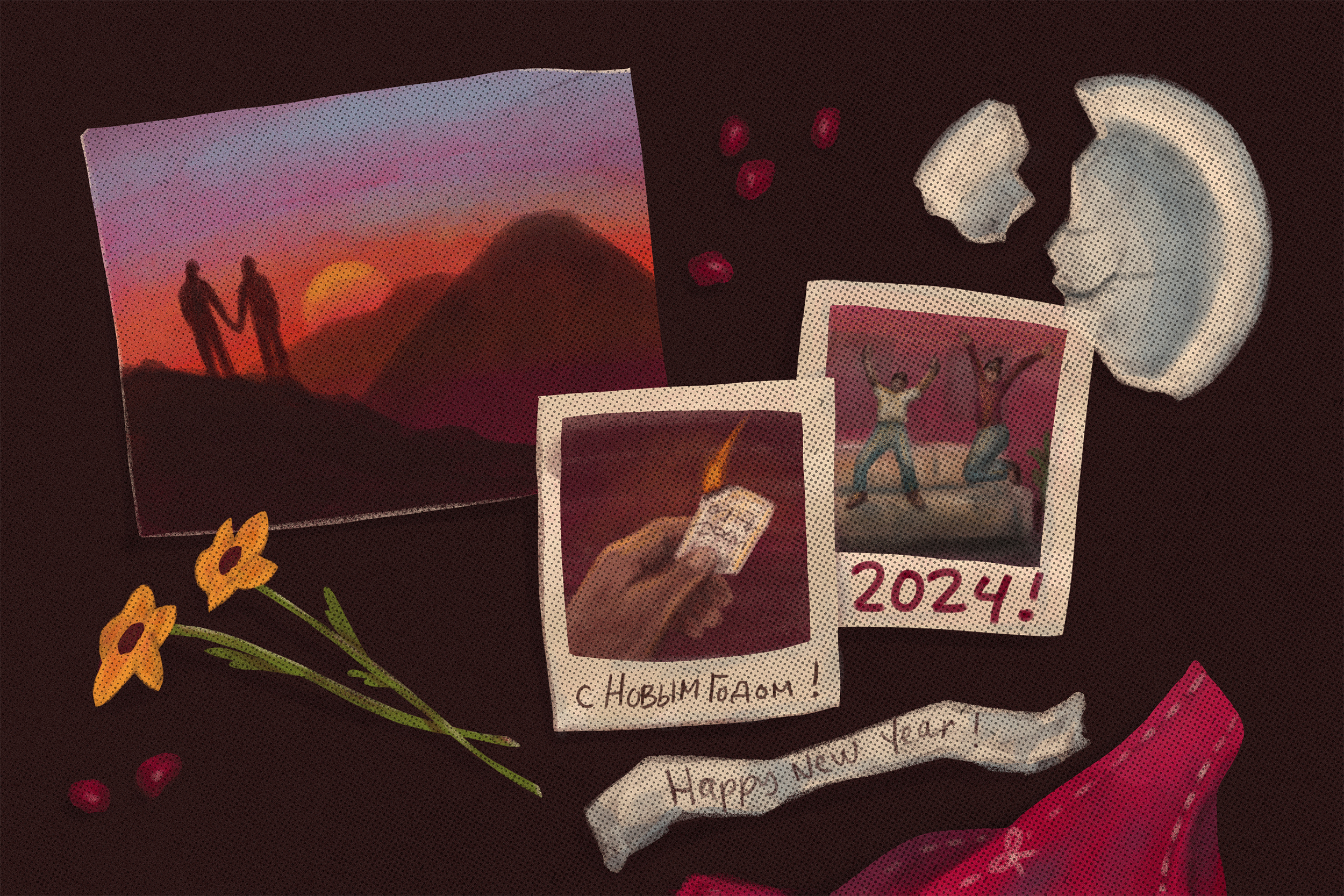When Americans think of ways to celebrate New Year’s Day, their minds usually go to fireworks, Times Square and a kiss at midnight. Though, it’s not necessarily the same celebrations for other countries out there. Many traditions transcend borders with rituals that are carried out to welcome the new year around the world. When the clock strikes midnight on New Year’s Day, people worldwide come together to celebrate in unique and diverse ways. Let’s explore how different cultures welcome the new year and the traditions that follow suit.
Japan
In small towns and villages in Japan, there is a tradition to witness the first sunrise of the New Year. It is known as Hatsuhinode and is usually done from particularly significant spots such as beaches or mountains. While watching the sunrise, attendees usually pray for happiness in the new year. Another distinctive tradition is that Japan’s Buddhist temples receive the year with 108 bell tolls, symbolizing the 108 earthly desires that humans must overcome to achieve enlightenment. After the bell tolls, a toast is made with amazake, a liquor that is drunk at hot temperatures, very appropriate for the season.
Denmark
The major New Year’s tradition in Denmark starts with the smashing of dishes against the door of your loved ones after the New Year’s Eve dinner. This serves as a symbol of friendship, affection and goodwill as you inadvertently wish the owner of the house a happy new year. This tradition holds centuries of history and is said to ward off evil spirits and bring good luck to the inhabitants of the house. The more broken dishes you accumulate, the better New Year you will have. Danes also jump into the new year, literally. This amusing tradition involves jumping out of chairs or sofas right as the clock strikes midnight. Once they jump, couples, friends and family kiss and hug followed by a toast to the new year. The idea of “jumping” into the New Year leaves behind any lingering negativity from the past year. It’s a lighthearted and fun way to embrace the fresh start of a new year.
Russia
In Russia, people take their New Year’s wishes very seriously, going to great lengths to make them come true. Their ritual consists of Russians making a wish, writing it on a piece of paper and then burning said paper. The curious thing about this tradition is that the ashes of the paper have to be thrown into a glass of champagne, and only the most daring will drink it. Though the origin of this tradition is unknown, it is worth noting that the concept of making wishes and using fire as a medium for symbolic actions has been present in various cultures throughout history.
Brazil
In Brazil, it is a widespread tradition to dress in white on New Year’s Eve. The color white is believed to symbolize peace, new beginnings, and the welcoming of positive energies for the upcoming year. While some Brazilians are ready for the holiday in their white attire, others are fitted in their swimsuits to go to the sea. In their bathing suits, they make offerings to Yemanyá, the Goddess of water. This tradition is most practiced among the Afro-Brazilian population and offerings are made while asking for protection and peace for the year.
Thailand
In Thailand, the New Year is celebrated in April, so its citizens welcome this date with a massive water fight, only appropriate for the heat of the season. Whether it is with buckets, water guns, or hoses, everyone takes to the streets to get wet. Although the celebration includes a great variety of activities and events, like religious ceremonies and visiting temples, the water fight is definitely the most amusing one. While this ritual might seem like it’s practiced only for fun, there is a meaning behind welcoming the new year with water. In Buddhism, water symbolizes purity, clarity and calmness.
New Zealand
In New Zealand, the welcoming of the new year can be heard all over the streets. When the clock strikes midnight, New Zealanders can be seen throughout neighborhoods with pots and pans and other kitchen utensils in hand. With these tools, they set out to make as much noise as possible. This is definitely a joyful fuss to celebrate the start of a new year in a loud way. While the exact origin of this tradition is challenging to pinpoint, it is generally believed that making loud noises will ward off evil spirits.
South Africa
The people of South Africa have a very unique New Year’s tradition. They throw furniture and home appliances out into the street. This represents the welcoming of the new year and symbolizes renewal, especially in their homes. Those in Cape Town welcome the New Year in the Kaapse Klopse Carnival, which takes place on January 2nd. Around 10,000 individuals, dance groups and choirs parade down the streets of Cape Town in multicolored costumes.
Mexico
A very popular New Year’s ritual in Mexico includes wearing some colorful under garments. There is a belief that if you wear colored underwear to welcome the new year, the wishes associated with each color will come true. The most common colors are red for love, yellow for money and green for good health.
Ethiopia
The new year In Ethiopia is celebrated in September, right after the end of the rainy season. Flowers play a symbolic role in their New Year’s celebrations for a tradition that brings people to gather and exchange bouquets of bright yellow daisies. The exchange symbolizes the beauty of the New Year and the hope for a fresh start.
Greece
As midnight arrives in Greece, all the lights in the house are to be turned off and a pomegranate is thrown on the front doorstep. The more seeds spilled on the floor, the more prosperous the year will be. And if you get splashed by the juice of the pomegranate as it explodes, you will have a particularly fruitful year. Since ancient times, Greece has considered this fruit as a symbol of fertility, rebirth and prosperity.
As the New Year approaches, it’s clear that the diversity of traditions reflects the richness of global cultures around the world. Whether it’s jumping off a chair, a bouquet of yellow daisies, or water fights, each tradition carries its unique significance. Regardless of cultural differences, the shared hope for a brighter future echoes through these rituals. It’s a reminder that, despite our cultural differences, there exists a universal thread that connects us all.
As we welcome a new year, let us celebrate not only the uniqueness of our individual traditions but also the interconnectedness that makes this celebration a truly global one of hope, resilience, and the endless cycle of renewal. May these traditions continue to flourish, weaving a global narrative that honors the past, celebrates the present, and embraces the promise of a better tomorrow for all.

















